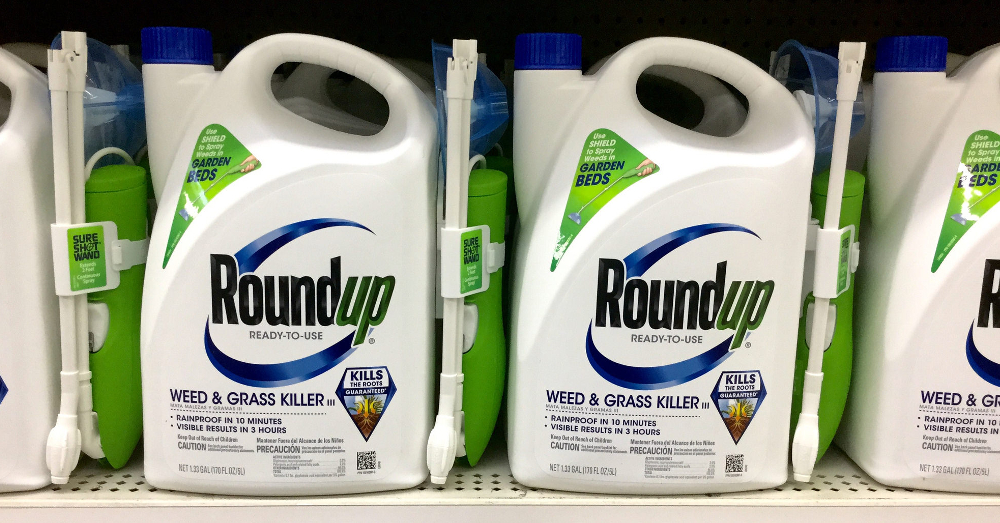
A Short History of Glyphosate
The Detox Project and Sustainable Pulse has created and published Wednesday the first ‘Short History of Glyphosate’, which identifies some important dates during the scandalous history of the World’s most used herbicide.
September 6, 2017 | Source: Sustainable Pulse | by
The Detox Project and Sustainable Pulse has created and published Wednesday the first ‘Short History of Glyphosate’, which identifies some important dates during the scandalous history of the World’s most used herbicide.
1961: Glyphosate was patented in the U.S. as a Descaling and Chelating Agent by the Stauffer Chemical Co.
Due to its strong metal chelating properties, glyphosate was initially used as a descaling agent to clean out calcium and other mineral deposits in pipes and boilers of residential and commercial hot water systems.
Descaling agents are effective metal binders, which grab on to Calcium, Magnesium and heavy metals to make the metal water soluble and easily removable.
1970: Glyphosate was discovered to be a herbicide (weedkiller) by Monsanto scientist John Franz and was patented as such.
1974: Monsanto brought glyphosate to market in 1974 under the trade name Roundup.
1982: Monsanto was already working on creating Roundup Ready genetically modified crops. So was Luca Comai, a scientist from Calgene (a biotech company that Monsanto would later acquire).
1985: The United States Environmental Protection Agency (EPA) classified glyphosate as a Class C Carcinogen.
On February 11, 1985 the carcinogenic potential of glyphosate was first considered by an EPA panel, called the Toxicology Branch Ad Hoc Committee. The Committee, in a consensus review dated March 4, 1985, then classified glyphosate as a Class C Carcinogen. A Class C Carcinogen has ”Suggestive evidence of carcinogenic potential” according to the EPA.
1985: Monsanto tried to persuade the U.S. EPA that glyphosate was not a possible human carcinogen
Dr. George Levinskas, who joined Monsanto in 1971 and became Director of Environmental Assessment and Toxicology, was a lead player in the cover up of the carcinogenic potential of the now banned PCBs in the 1970s.
In April 1985 he wrote an internal company letter stating the following: “Senior management at the EPA is reviewing a proposal to classify glyphosate as a class C “possible human carcinogen” because of kidney adenomas in male mice. Dr. Marvin Kuschner will review kidney sections and present his evaluation of them to the EPA in an effort to persuade the agency that the observed tumors are not related to glyphosate.”
